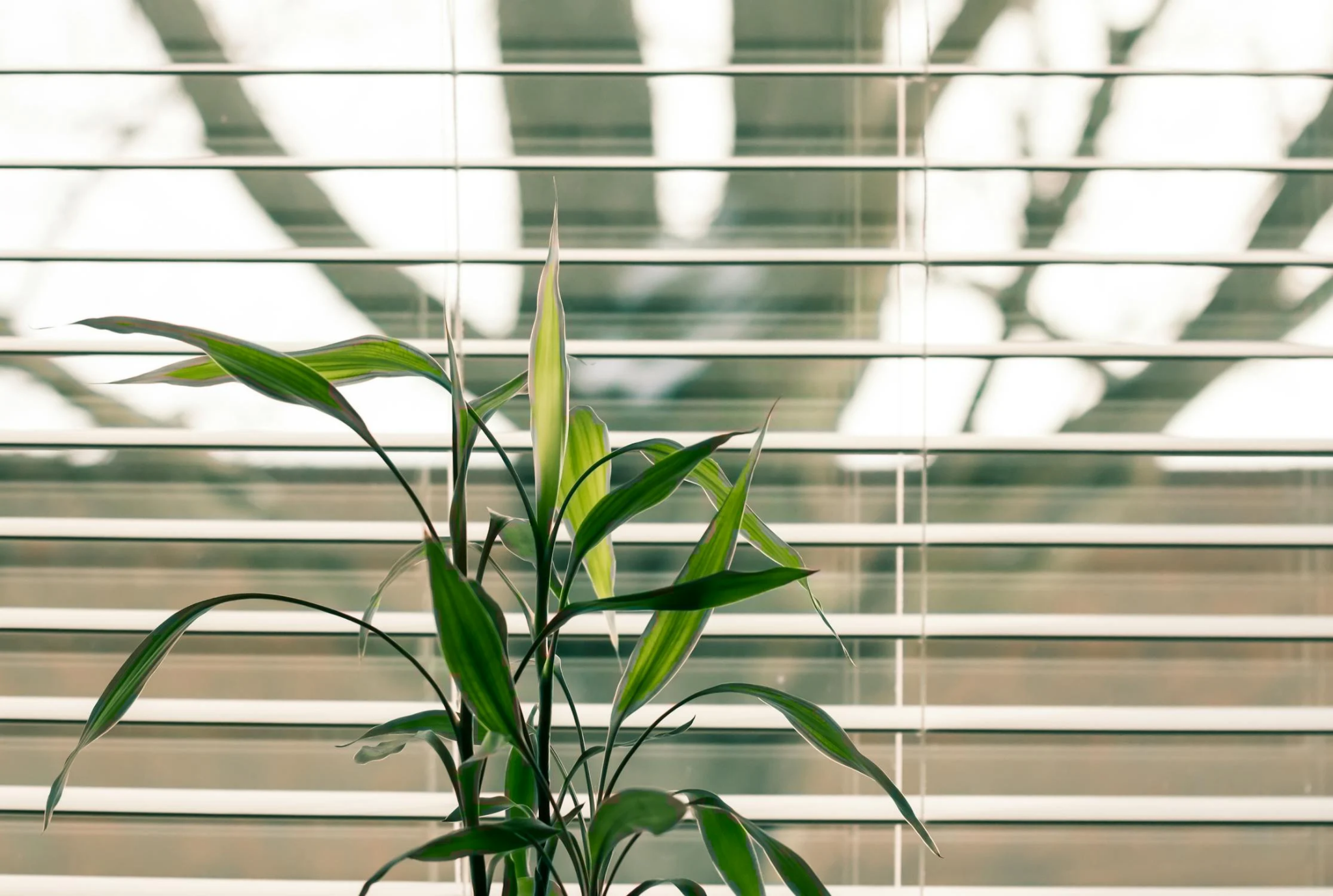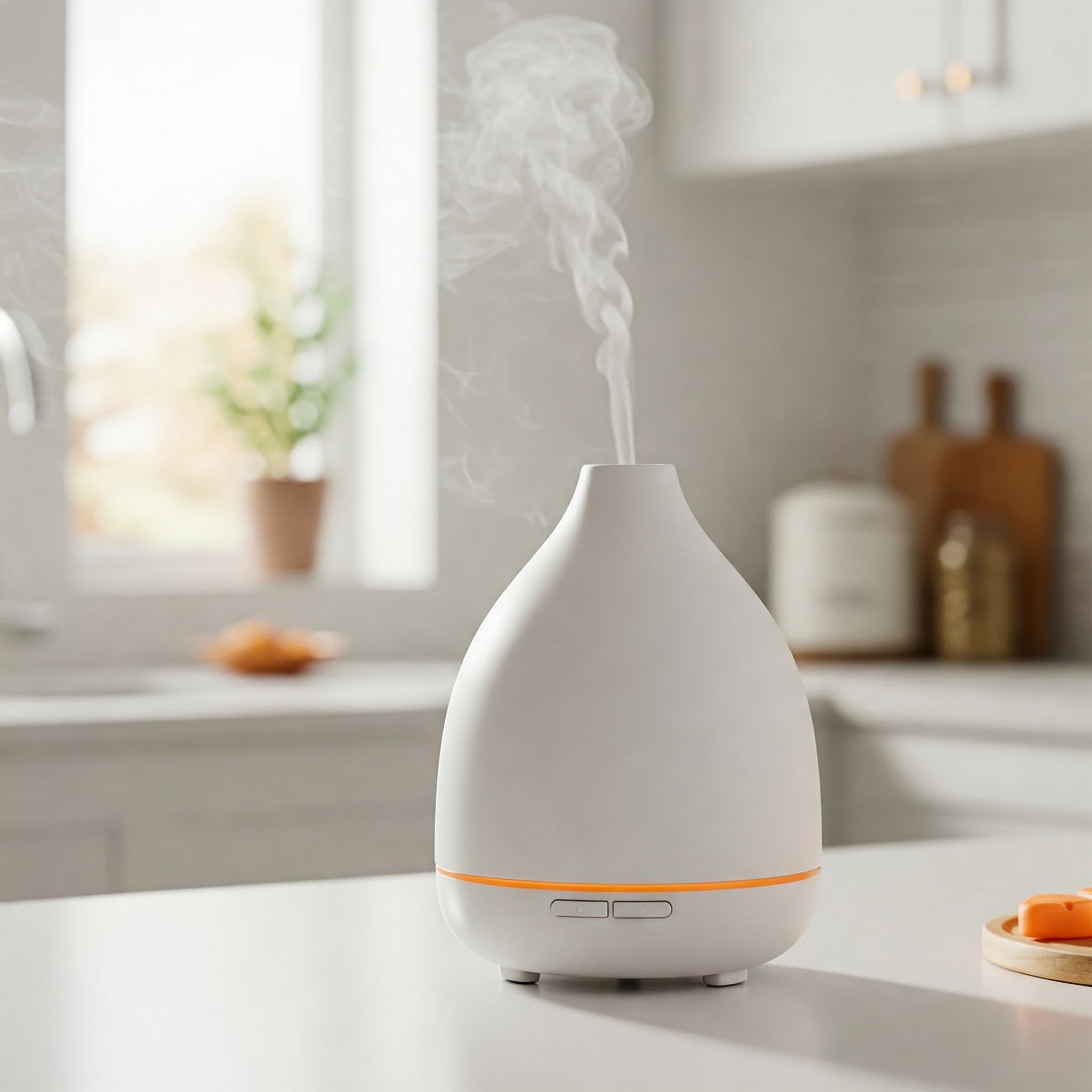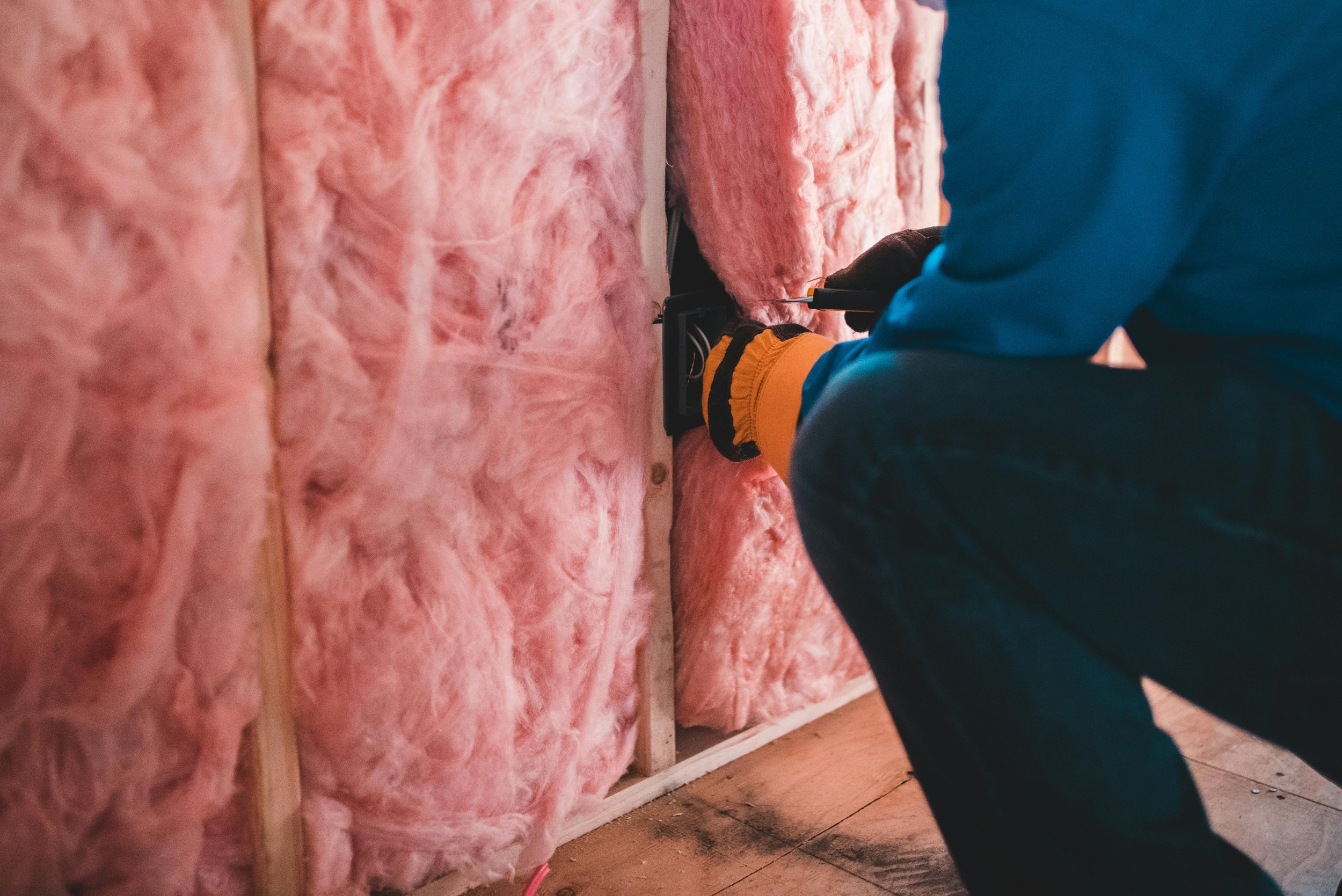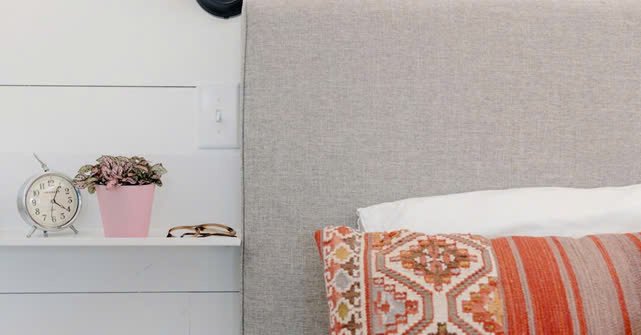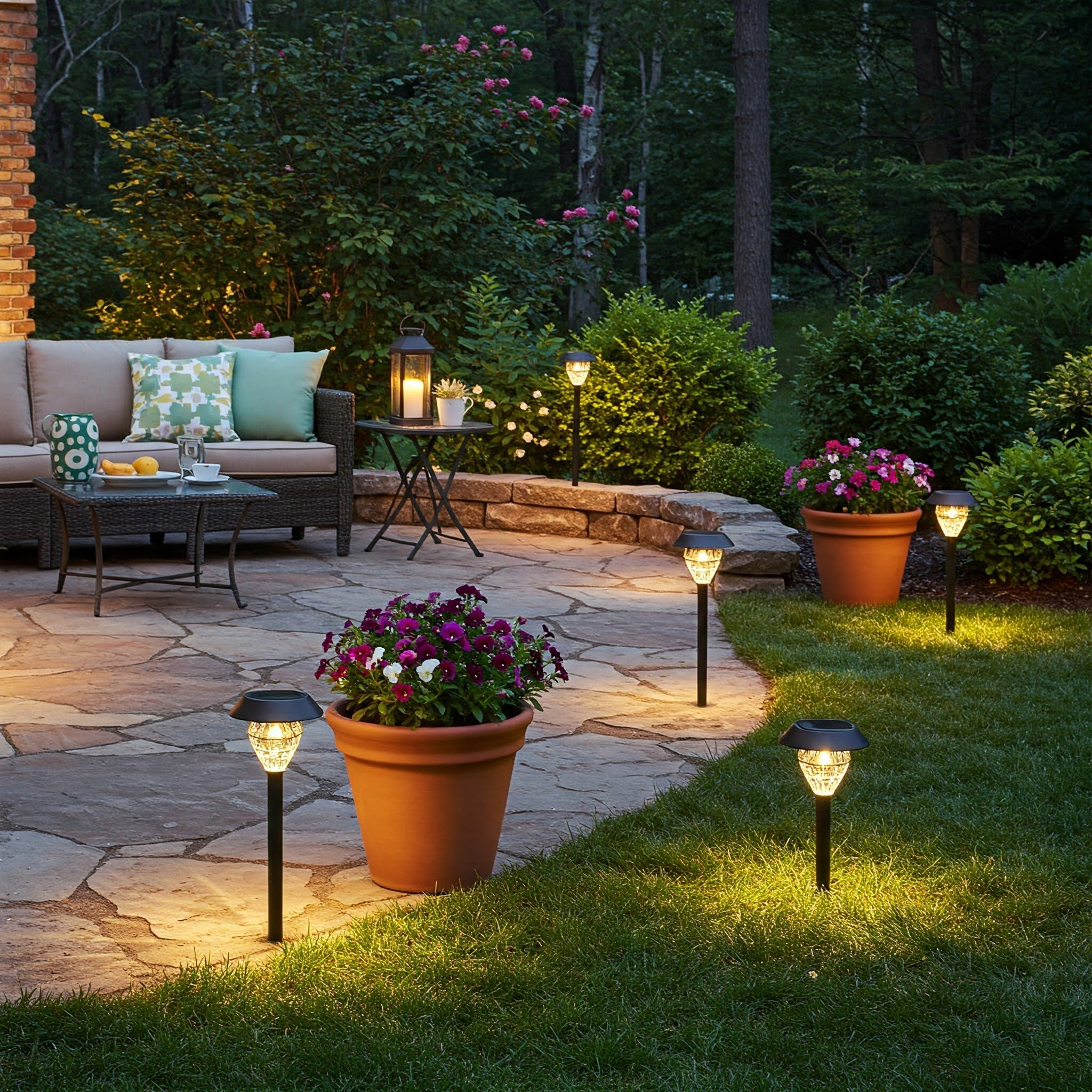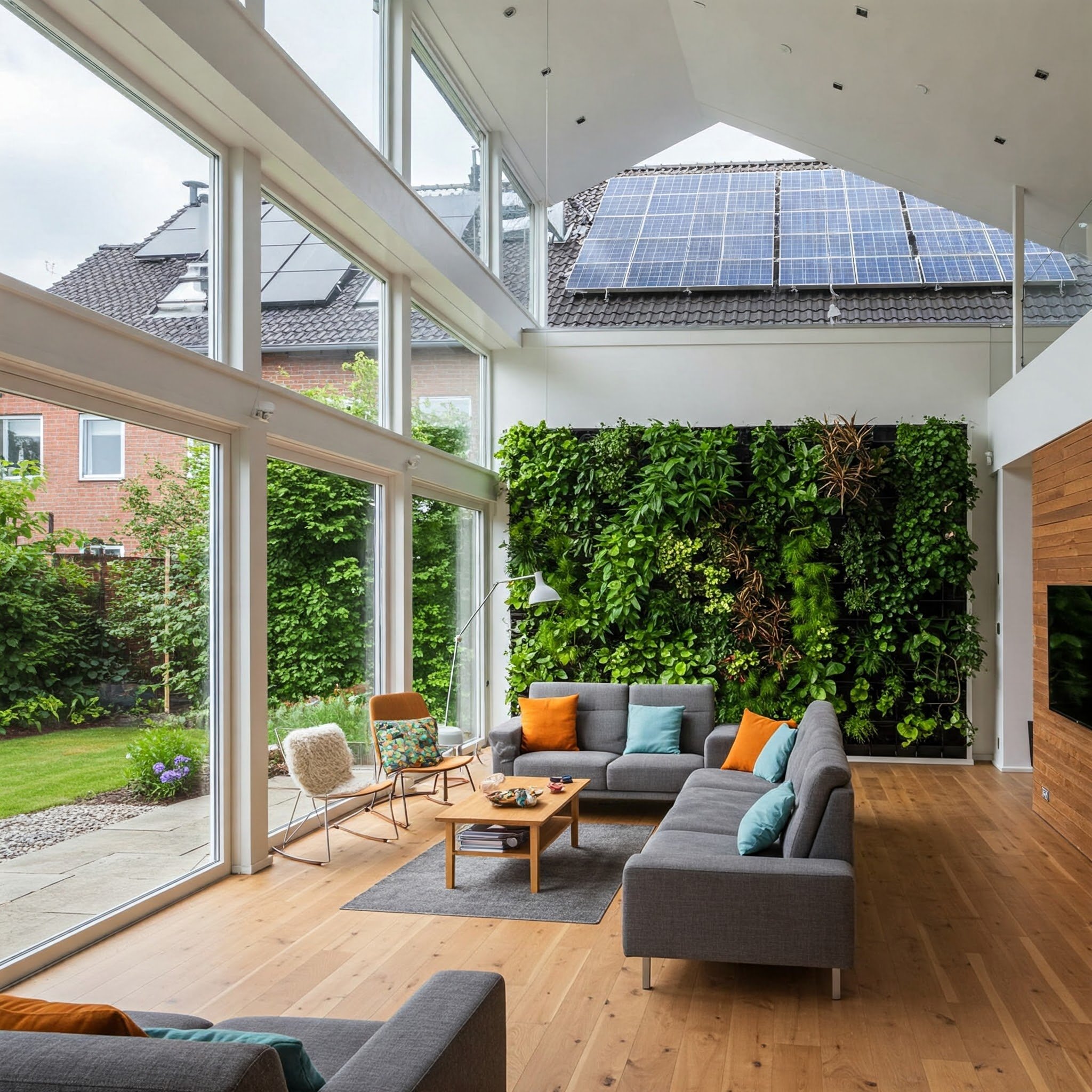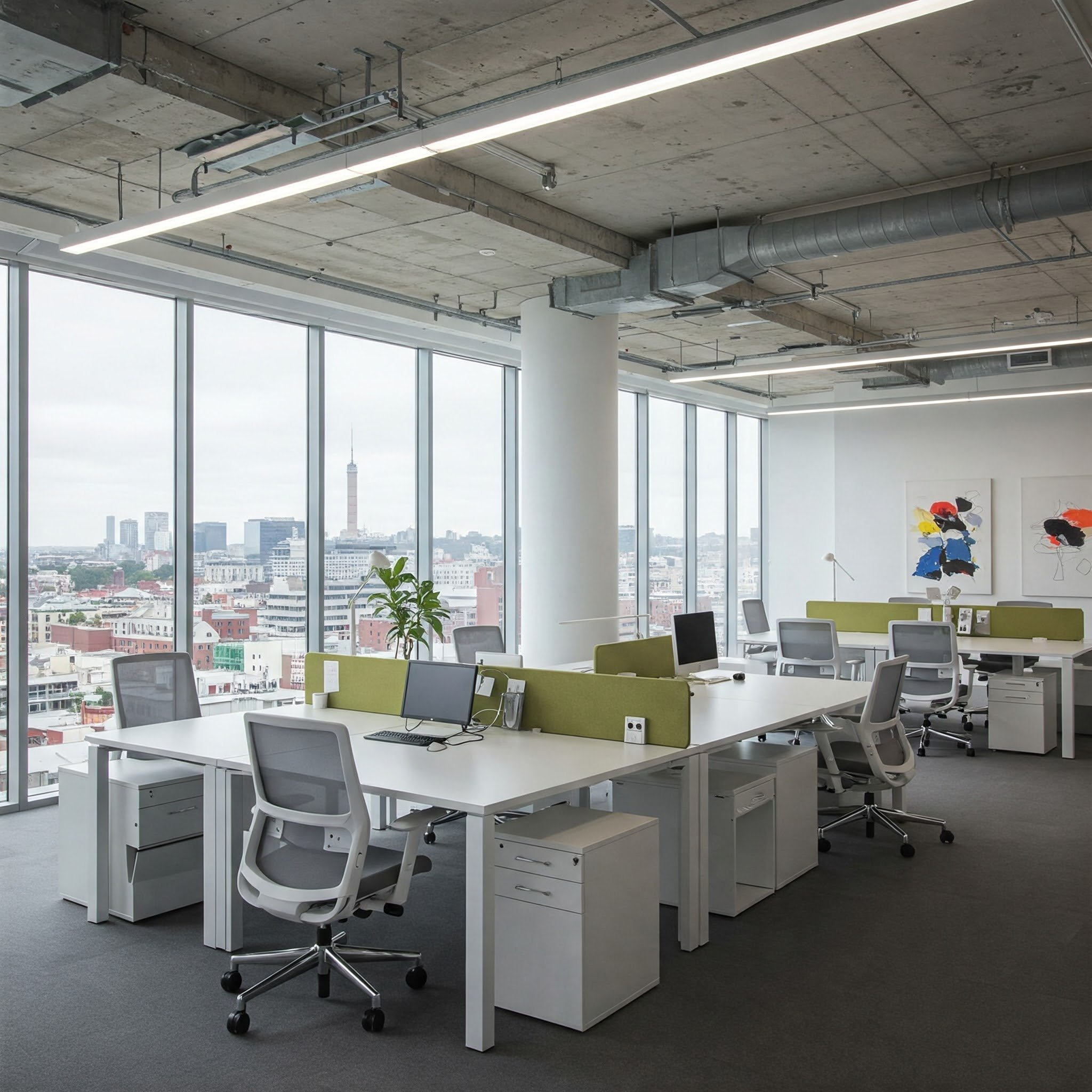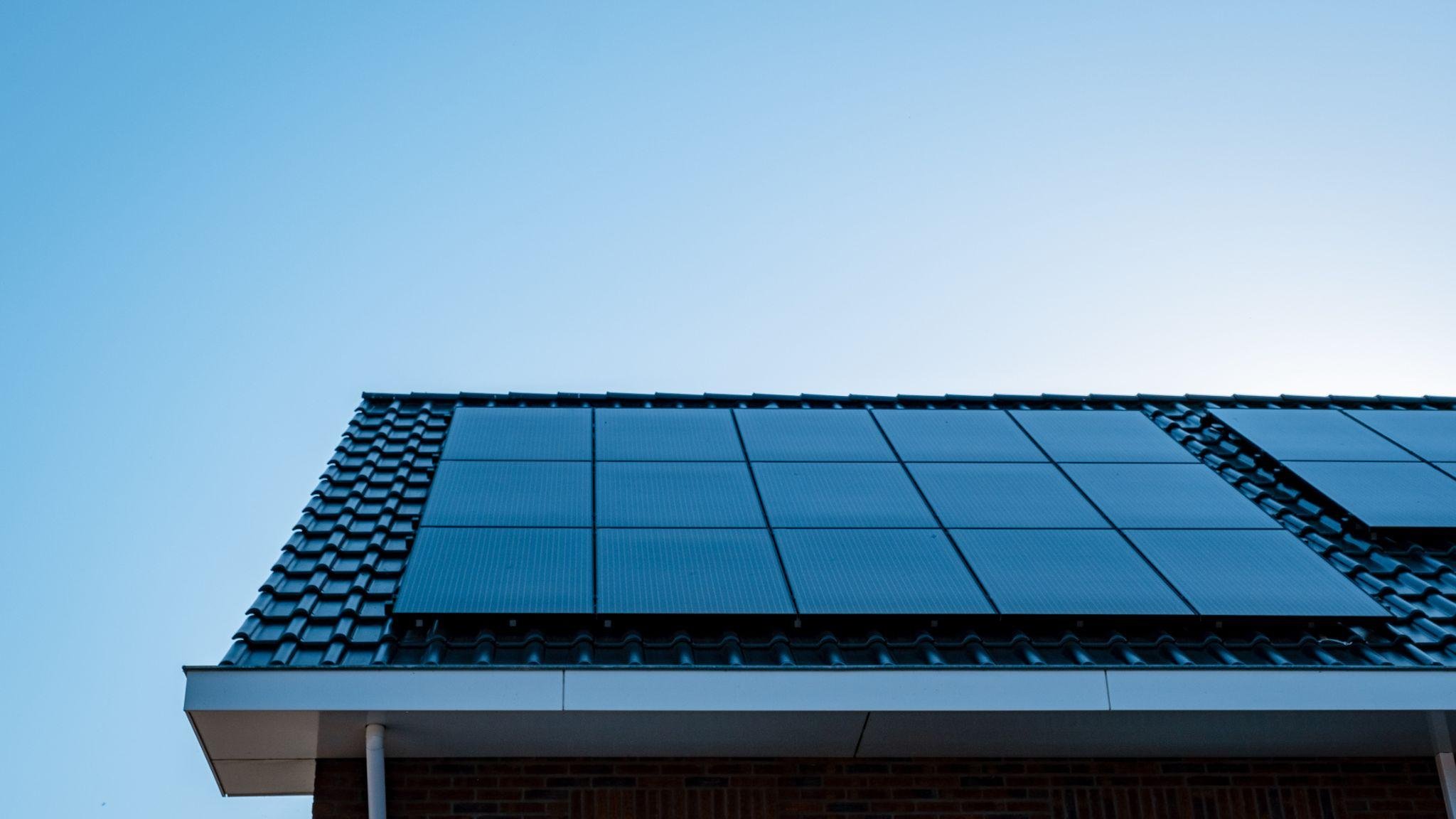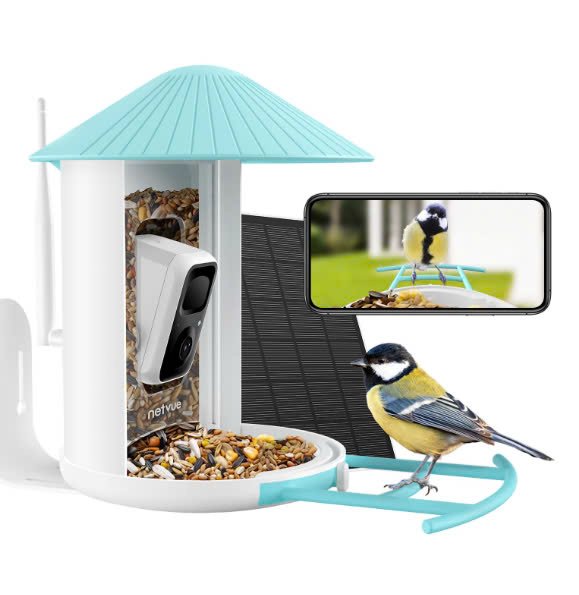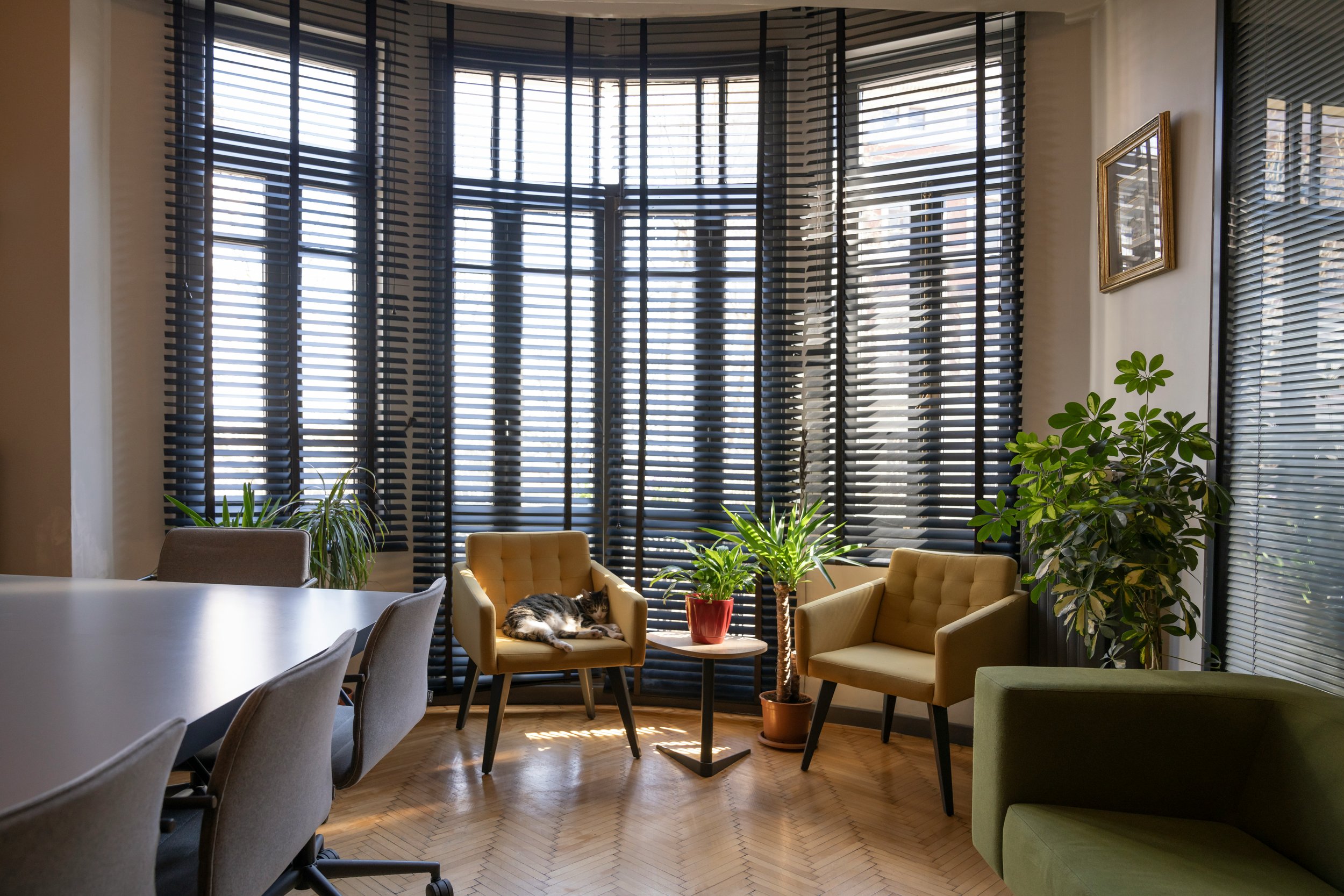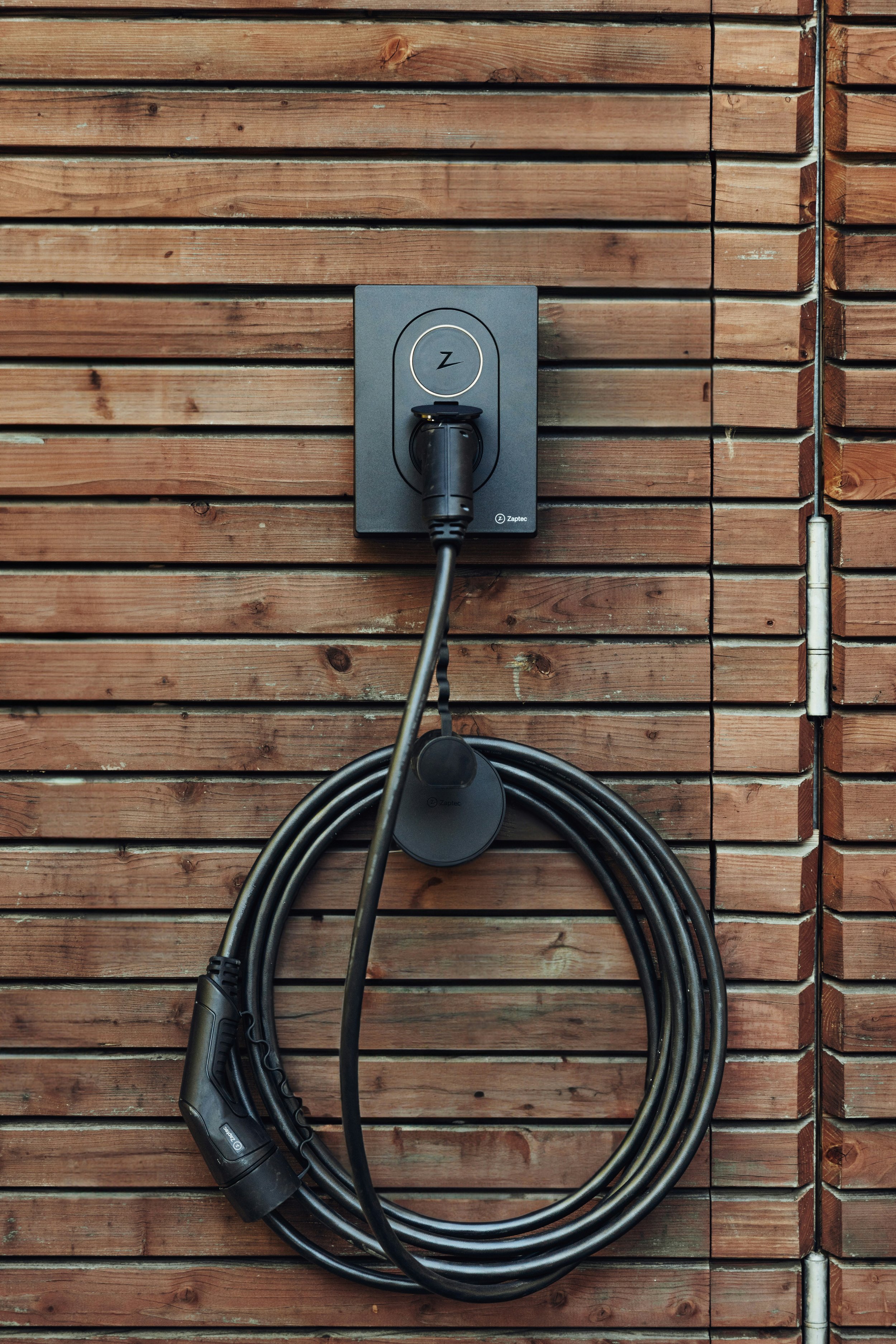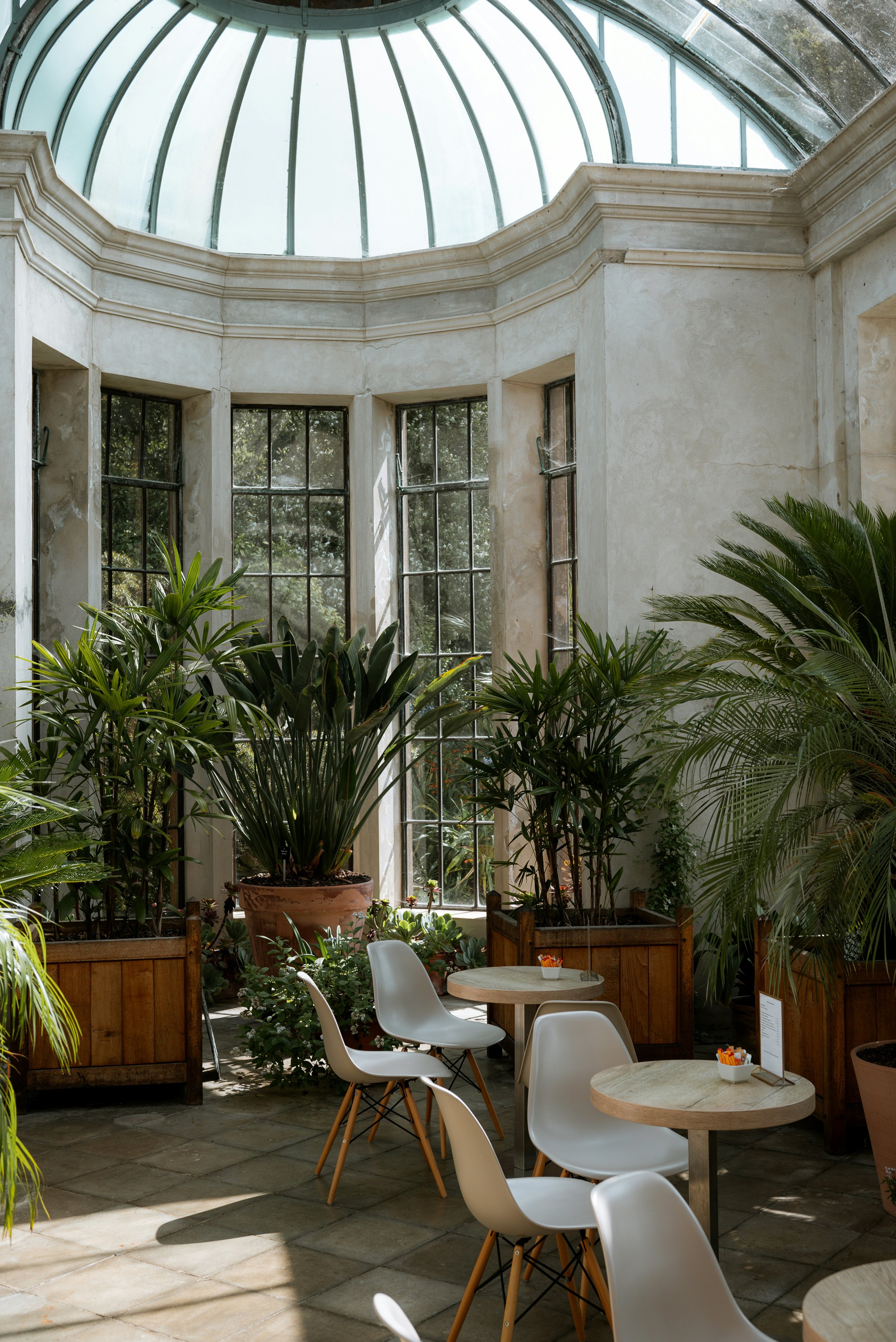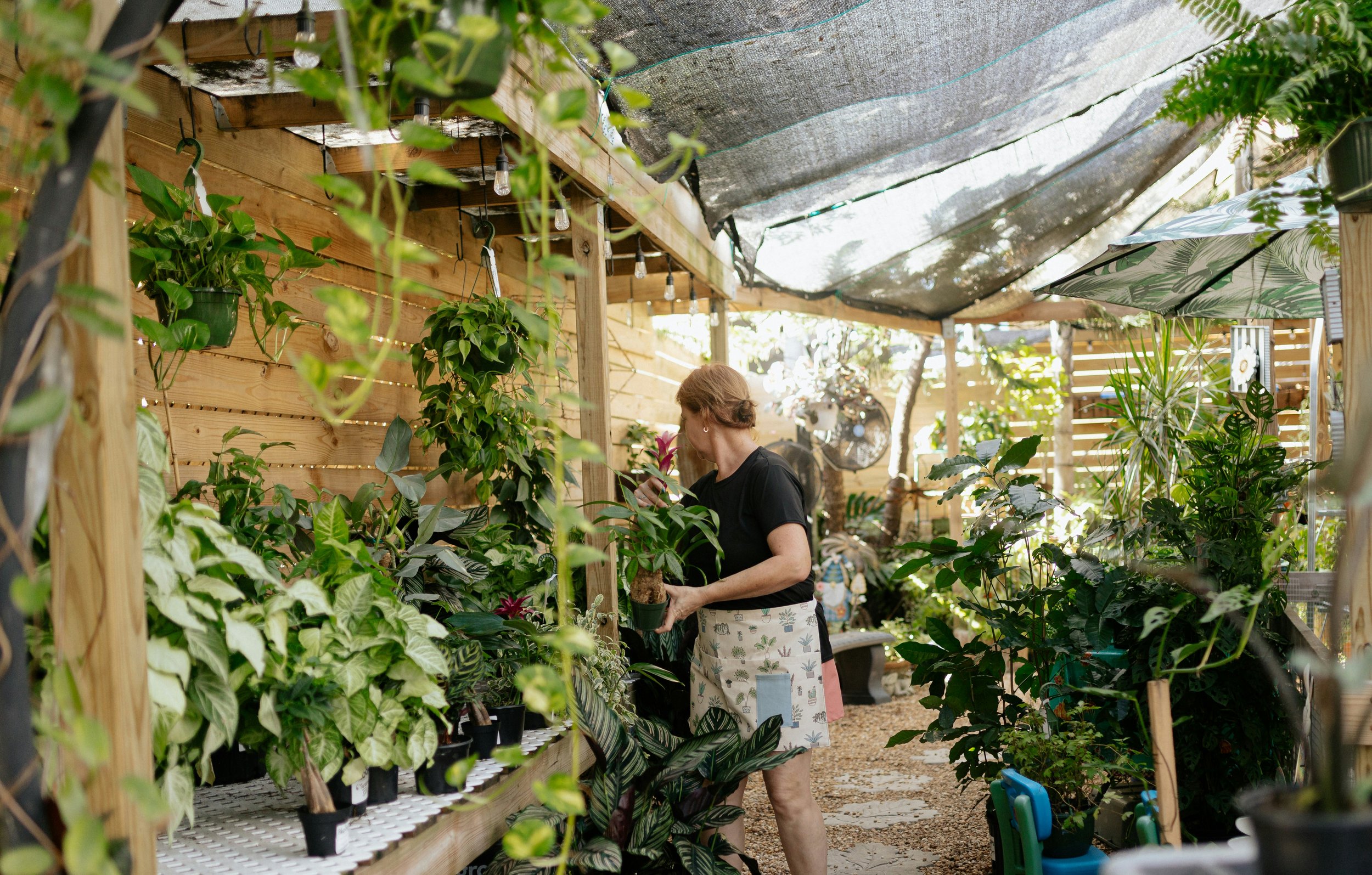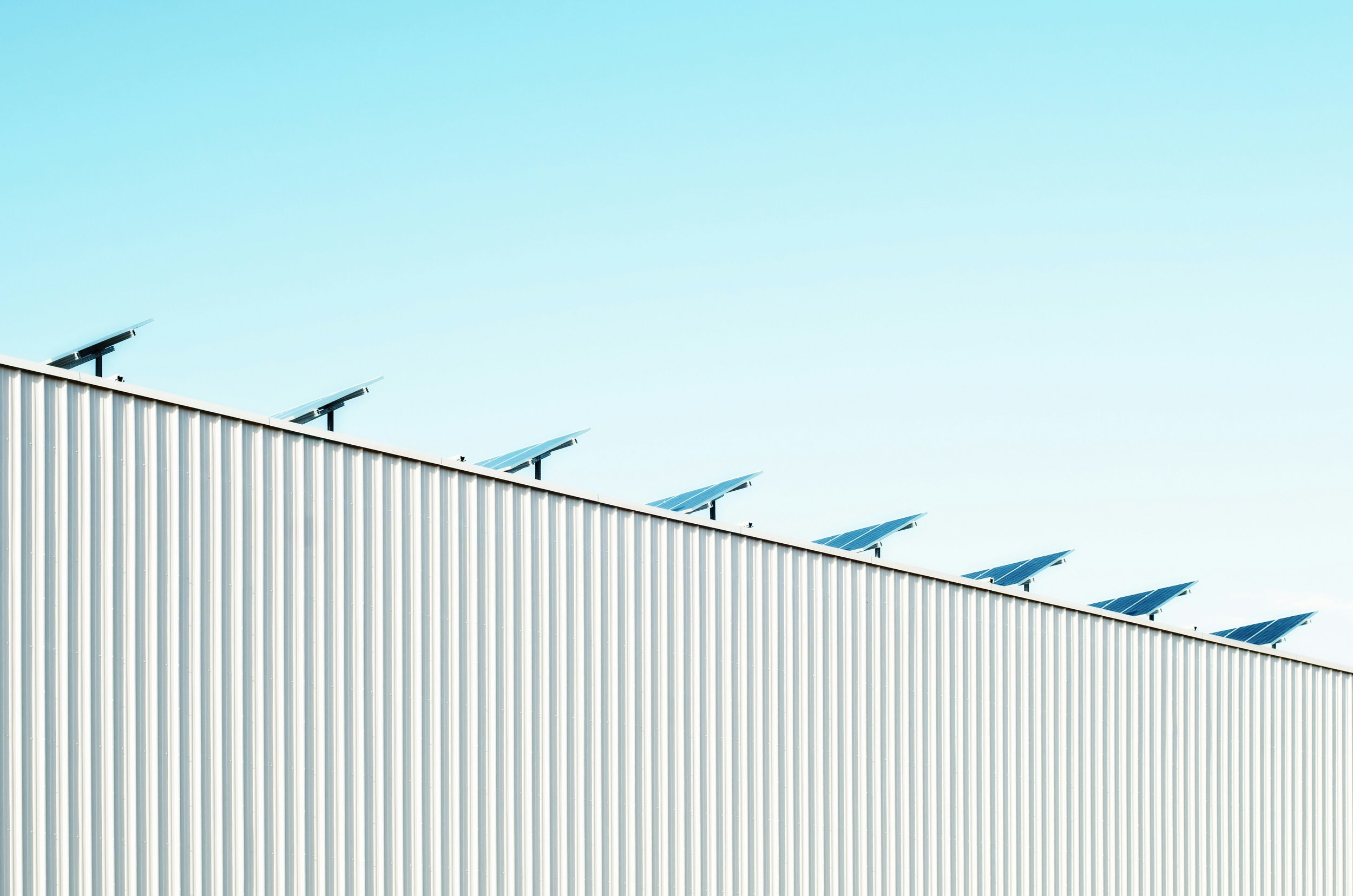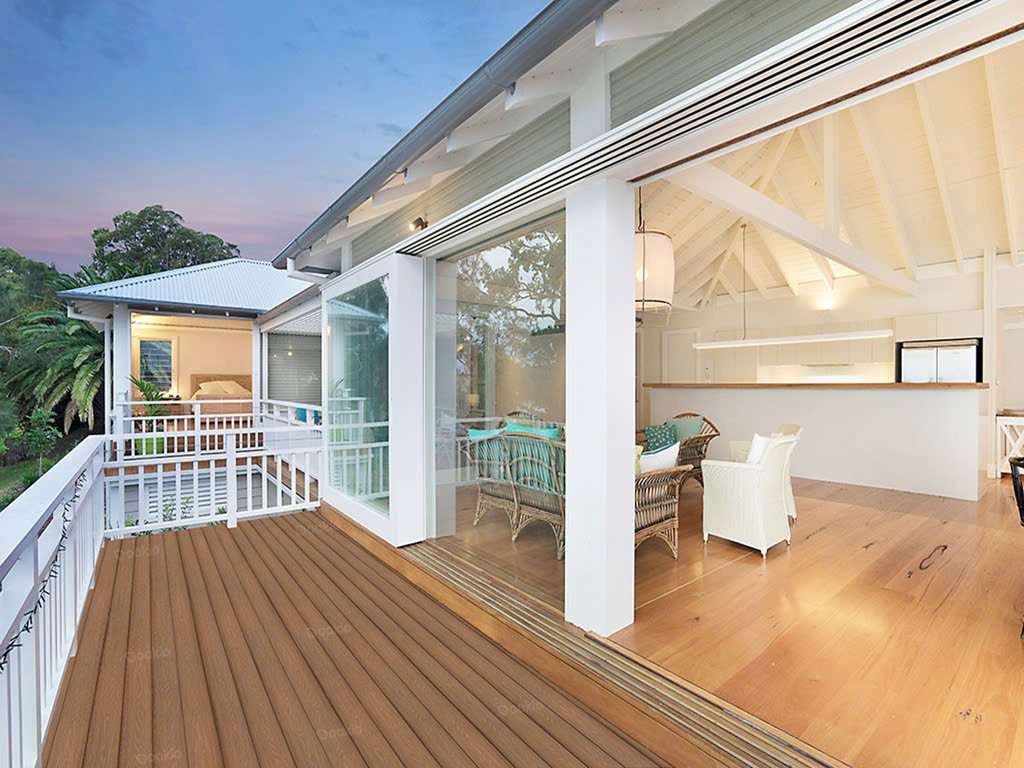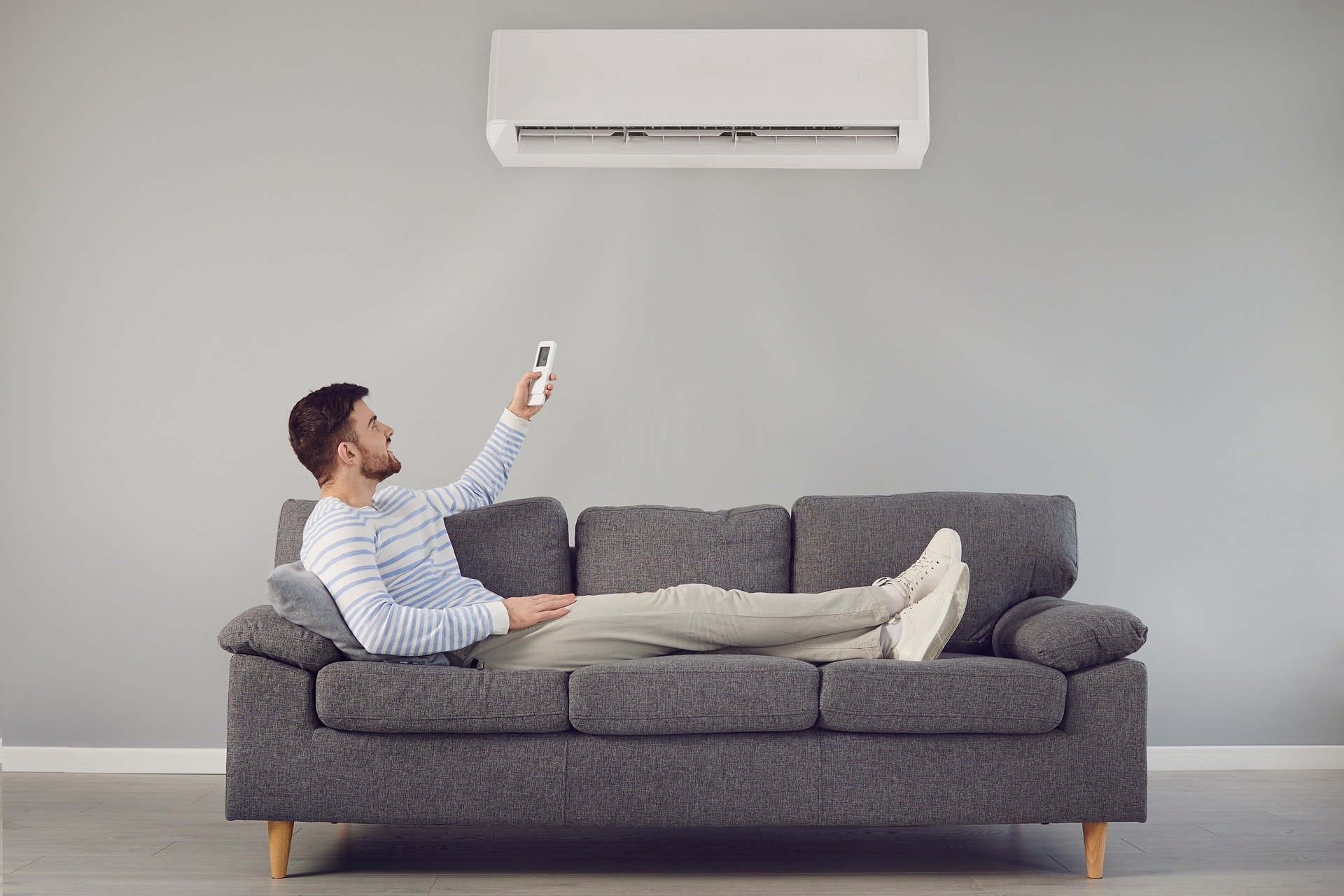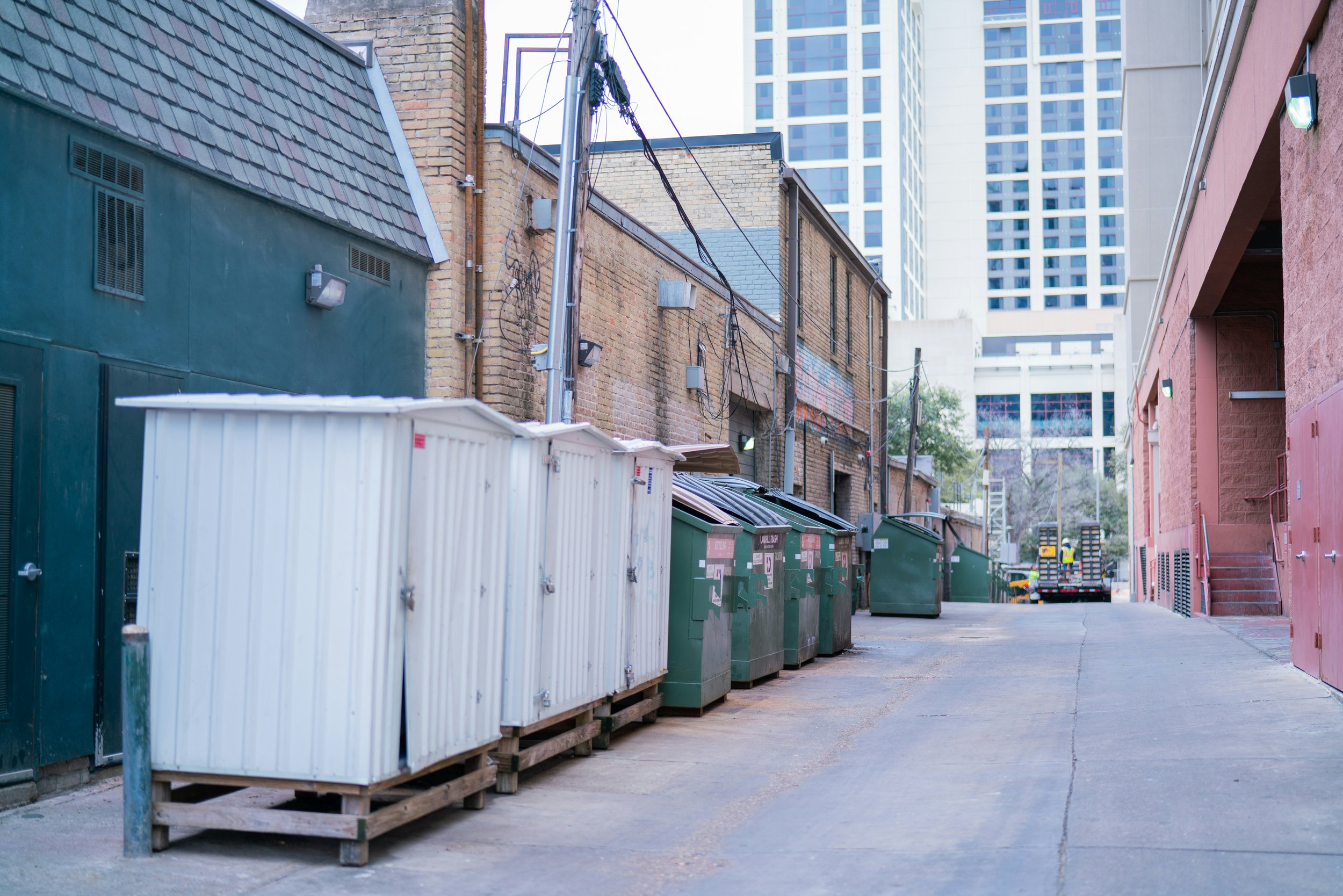Innovations in Glass Technology: The Future of Safety and Sustainability
Discover the latest innovations in glass technology that are shaping the future of safety and sustainability in construction and design.
Glass technology is at the forefront of architectural and industrial innovation, significantly impacting various aspects of modern life. The latest advancements not only enhance safety but also promote sustainability, making glass a versatile and eco-friendly material.
This article explores the cutting-edge innovations in glass technology and provides practical tips for preventing glass breakage.
Current Innovations in Glass Technology
When it comes to glass technology, practical advancements are paving the way for safer and more sustainable solutions. From smart glass options to durable coatings and eco-conscious materials, current innovations offer tangible benefits for everyday use.
Let's explore these practical advancements shaping the future of glass technology.
Smart Glass
Smart glass, also known as switchable glass, is revolutionizing the way we interact with light and heat in our environments. This technology includes several types, each with unique properties:
Electrochromic Glass: Changes its tint in response to an electric current, allowing for controlled light and heat transmission.
Photochromic Glass: Darkens when exposed to sunlight, similar to transition lenses in eyeglasses.
Thermochromic Glass: Adjusts its tint based on temperature changes, offering dynamic insulation properties.
Benefits of Smart Glass:
Enhances energy efficiency by reducing the need for artificial heating and cooling.
Improves occupant comfort by controlling glare and UV exposure.
Provides privacy on demand, eliminating the need for curtains or blinds.
High-Performance Coatings
Advancements in glass coatings have led to the development of high-performance options such asLow-Emissivity (Low-E) coatings. These coatings are designed to improve the thermal performance of glass by reflecting infrared light while allowing visible light to pass through.
Impact of High-Performance Coatings:
Energy Efficiency: Low-E coatings help maintain indoor temperatures, reducing energy consumption for heating and cooling.
Climate Control: They contribute to a more comfortable indoor environment by minimizing heat loss in winter and heat gain in summer.
Laminated and Tempered Glass
Safety is a paramount concern in glass applications, and innovations like laminated and tempered glass are crucial in enhancing this aspect.
Laminated Glass: Consists of two or more layers of glass with an interlayer of plastic, which holds the glass together even when shattered.
Tempered Glass: Undergoes a heat treatment process to increase its strength, making it more resistant to impact and breakage.
Applications and Benefits:
Ideal for use in automotive windshields, building facades, and areas prone to impact.
Reduces the risk of injury by preventing shards from scattering upon breakage.
Self-Cleaning Glass
Self-cleaning glass utilizes advanced coatings that break down organic dirt through photocatalytic reactions and allow rainwater to wash away residues due to hydrophilic properties.
Advantages of Self-Cleaning Glass:
Reduces maintenance costs and effort, especially beneficial for high-rise buildings and hard-to-reach areas.
Keeps surfaces cleaner for longer periods, enhancing the aesthetic appeal of buildings.
Recycled and Sustainable Glass
Sustainability is a growing focus in the glass industry, with many manufacturers adopting eco-friendly practices.
Sustainable Practices:
Recycled Materials: Increasing the use of recycled glass reduces the need for raw materials and lowers the environmental impact.
Eco-Friendly Production: Implementing energy-efficient manufacturing processes and reducing emissions contribute to a greener industry.
Tips for Preventing Glass Breakage
Preventing glass breakage is essential for safety and longevity. Here are some effective strategies:
Proper Installation
Proper installation is crucial to ensure the durability and safety of glass. Incorrect installation can lead to stress points and increase the likelihood of breakage. Always hire trained professionals for the installation of glass. Ensure the use of the appropriate framing and support structures to distribute weight and pressure evenly, preventing undue stress on the glass.
Key Points:
Professional installation ensures proper handling and fitting.
Correct framing and support structures are essential for long-term durability.
Use of Safety Glass
In areas where the risk of impact is high, using safety glass can significantly reduce the chances of breakage. Laminated and tempered glass are ideal choices for such applications. Laminated glass is excellent for windows, skylights, and doors in high-traffic areas, providing added security and durability. Tempered glass is suitable for interior applications like shower doors and glass partitions where enhanced strength is required.
Advantages:
Laminated glass holds together when shattered, reducing injury risk.
Tempered glass breaks into small, less harmful pieces.
Regular Maintenance
Regular maintenance is crucial for identifying and addressing potential issues before they lead to breakage. Conduct routine inspections to check for chips, cracks, and other signs of damage. Address any damage promptly to maintain the integrity of the glass. This proactive approach helps in extending the lifespan of the glass and ensures safety.
Maintenance Tips:
Regularly inspect glass surfaces for any signs of wear and tear.
Immediate repair of minor damages can prevent larger issues.
Protective Films and Coatings
Applying protective films and coatings can enhance the durability of glass surfaces, providing an additional layer of protection against scratches, impacts, and other potential damage. These films are especially useful in high-traffic areas or environments where the glass is exposed to harsh conditions.
Benefits:
Protective films can significantly reduce the risk of breakage.
They also offer added benefits like UV protection and reduced glare.
Environmental Considerations
Environmental factors such as temperature changes, humidity, and exposure to chemicals can affect the integrity of glass. It is important to choose glass types and treatments that are suitable for the specific environmental conditions of your location. For instance, using glass with appropriate coatings can prevent damage from extreme temperatures or chemical exposure.
Considerations:
Select glass that can withstand local environmental conditions.
Use treatments that protect against specific environmental factors.
Education and Training
Educating staff and users about the proper handling and care of glass is vital in preventing breakage. Simple measures, such as using appropriate cleaning techniques and avoiding undue pressure on the glass, can significantly reduce the risk of damage. Training programs can ensure that everyone involved understands the best practices for maintaining glass surfaces.
Training Points:
Teach proper cleaning and handling techniques.
Emphasize the importance of avoiding unnecessary pressure on glass.
Conclusion
The future of glass technology is bright, with innovations focusing on enhancing safety and sustainability. Smart glass, high-performance coatings, and advanced safety glass are just a few examples of how the industry is evolving.
By adopting these technologies and following best practices for preventing breakage, we can ensure that glass continues to be a safe, sustainable, and integral part of modern architecture and design.

